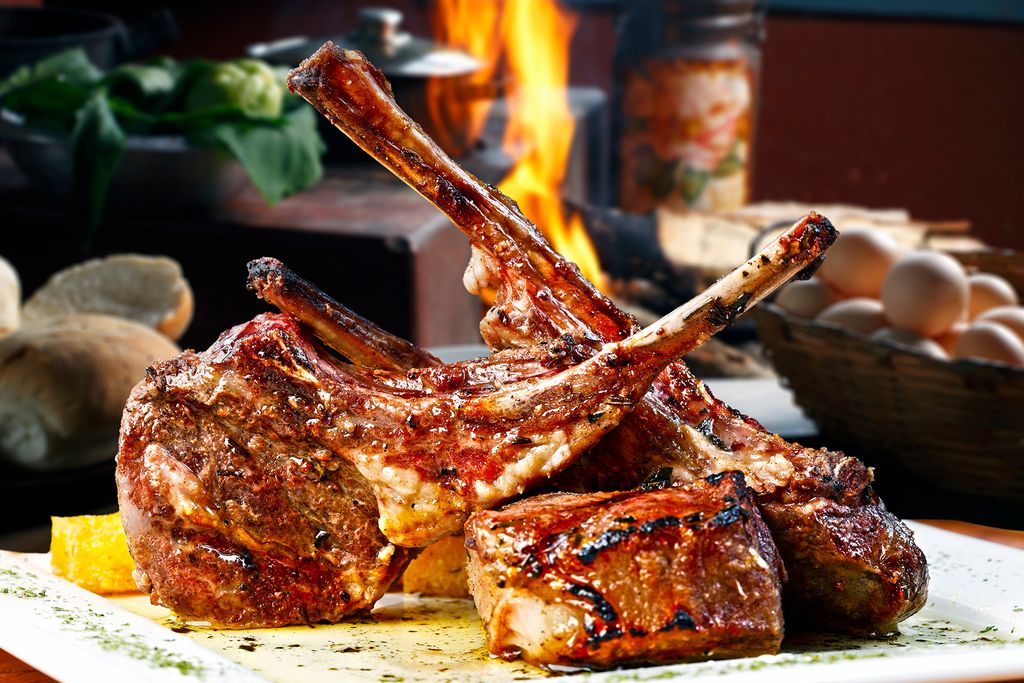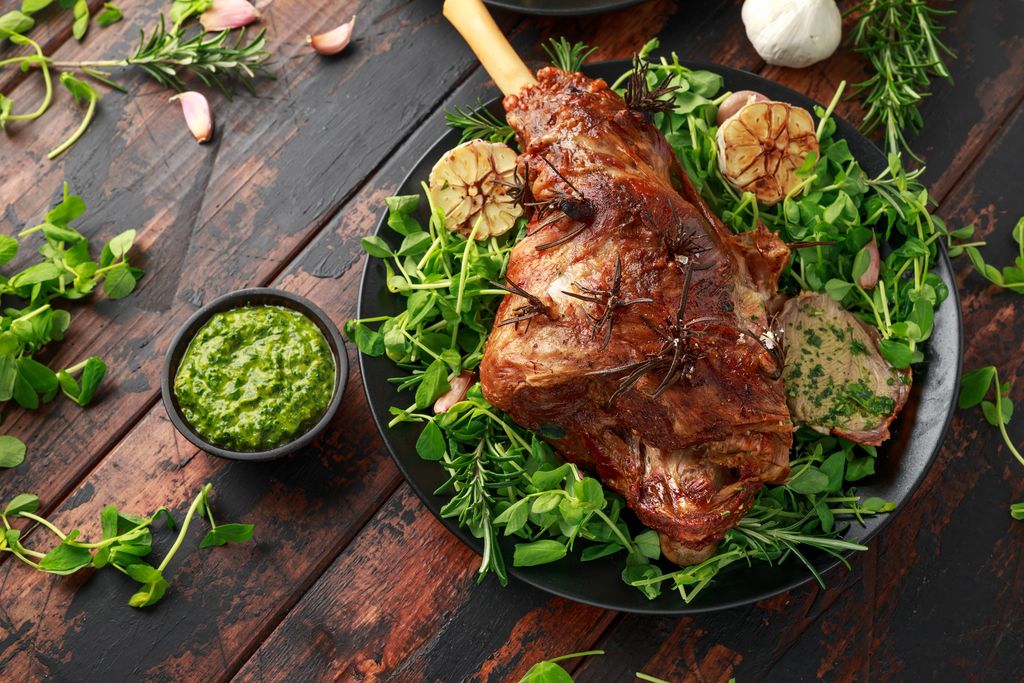When it comes to meats that consistently impress both home cooks and fine-dining chefs, lamb holds a special place. Its tenderness and natural juiciness are not just happy accidents, they are intrinsic qualities of the meat itself. While beef, pork, and chicken each bring their own strengths to the table, lamb possesses a distinct succulence that sets it apart. From casual family dinners to carefully plated gourmet creations, Superior Farms lamb understands that lamb’s texture and juiciness elevate the dining experience in ways that are difficult to match.
The Natural Structure of Lamb Meat
The tenderness of lamb begins at a structural level. Compared to older animals like beef cattle, lambs are slaughtered at a much younger age, typically between six and twelve months old. At this stage of life, muscle fibers are finer and contain less connective tissue, which translates into a softer bite and less chewiness. The relative youth of the animal ensures that the collagen, the protein that can make meat tough if overly present, has not fully developed, allowing lamb to retain a delicate, melt-in-your-mouth quality.
Lamb is also naturally marbled with intramuscular fat. This marbling isn’t as heavy as what you might find in a premium cut of beef, but it has a different effect. Lamb fat is softer and has a lower melting point, meaning it renders more easily during cooking. As it melts, it bastes the meat from within, locking in flavor and moisture. This interplay between muscle and fat creates an unparalleled tenderness that feels both luxurious and approachable.
Juiciness as a Culinary Experience
Juiciness is more than just moisture, it’s the sensation of succulence when you bite into a perfectly cooked piece of meat. Lamb excels in this department because of its fat composition and water-holding capacity. The natural lipids release slowly during cooking, creating a luscious texture that coats the palate. Unlike some lean cuts of chicken or pork that risk drying out quickly, lamb retains its juices, offering a consistently mouthwatering bite.
The juiciness of lamb doesn’t just stay on the plate, it heightens every other element of the dish. When paired with herbs like rosemary, thyme, or mint, lamb’s succulence enhances aromatic oils, carrying their flavors deeper into each bite. Similarly, sauces such as red wine reductions or yogurt-based accompaniments cling better to juicy proteins, amplifying both taste and texture. The result is a dynamic interplay of flavors that feels indulgent yet balanced.
Comparisons With Other Meats
To truly appreciate lamb’s distinct qualities, it helps to compare it with other popular proteins. Beef, especially cuts like ribeye or tenderloin, can certainly be tender and juicy, but it often requires aging or careful marbling selection to achieve that effect. Pork, while versatile, tends to lean on the drier side unless enhanced with brining or sauces. Chicken, despite being the most widely consumed meat globally, struggles to maintain moisture without meticulous cooking methods.
Lamb, by contrast, naturally carries tenderness and juiciness into almost every cut, whether it’s a rack of lamb served medium-rare or slow-braised shanks simmering in aromatic broth. Even leaner cuts like leg of lamb retain a satisfying succulence when prepared properly. This built-in reliability is why chefs often describe lamb as a “forgiving” meat, it delivers a consistently juicy experience without requiring elaborate intervention.
Casual Dining: Comfort and Satisfaction
Lamb’s juiciness plays a starring role in casual, comforting meals. Think of lamb burgers, where the fat content creates patties that remain moist even when grilled at high heat. Or shepherd’s pie, where ground lamb retains enough richness to elevate the creamy mashed potatoes that crown the dish. In these everyday contexts, lamb’s succulence ensures that each bite is satisfying, making even simple recipes feel hearty and memorable.
Family roasts are another example of lamb’s power to deliver tenderness at scale. A roasted leg of lamb, carved at the dinner table, brings not only visual drama but also unmatched juiciness that carries across every slice. Unlike a roast chicken that can vary in moisture between breast and thigh, lamb maintains consistency, ensuring that every guest experiences the same indulgent tenderness.
Fine Dining: Elevating the Culinary Experience
In fine dining, lamb becomes a canvas for culinary artistry. Chefs celebrate lamb’s juicy tenderness by pairing it with bold, creative accompaniments. A rack of lamb crusted with pistachios or herbs, for instance, allows the natural juices to mingle with the crunch of nuts and the brightness of herbs, producing layers of sensory delight.
Braised lamb shanks, cooked until the meat nearly slides off the bone, transform juiciness into a luxurious, almost spoonable texture that contrasts with the richness of sauces and sides. In haute cuisine, lamb often takes center stage because its natural tenderness requires little manipulation, freeing chefs to focus on crafting complex flavor profiles around it.
The Emotional Impact of Juiciness
Food isn’t only about biology or chemistry, it’s also about memory and emotion. Juiciness is one of those qualities that makes meals memorable. A bite of tender, juicy lamb evokes comfort, indulgence, and satisfaction in ways that resonate deeply with diners. This is why lamb is often chosen for celebratory occasions—Easter feasts, weddings, or special holidays. Its tenderness feels festive and indulgent, signaling that the meal is something to savor and remember.
American Lamb’s Unmatched Appeal
The juiciness factor is what makes American lamb such a standout protein. From its natural muscle structure and fat composition to its versatility across cooking styles, lamb consistently delivers tenderness that other meats struggle to match. Whether enjoyed in the comfort of a family meal or as the centerpiece of a fine dining experience, lamb’s succulence transforms the act of eating into something extraordinary.
In a world where food is often rushed or standardized, lamb invites us to slow down and appreciate the richness of flavor, the indulgence of juiciness, and the joy of tenderness that lingers long after the last bite.


